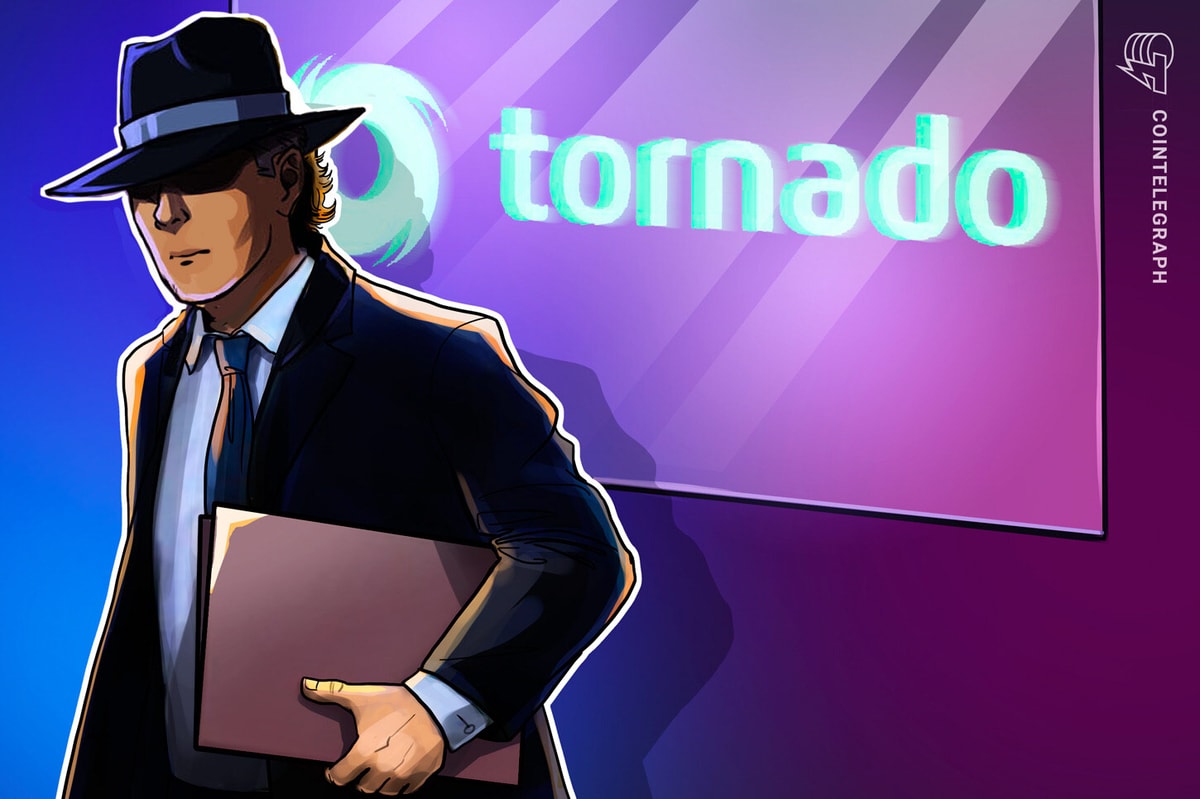1inch Network has released a new white paper to solve the pressing challenges of cross-chain interoperability in the cryptocurrency space.
As part of its solution, the decentralized finance platform is developing the 1inch Fusion Atomic Swap Protocol, a hybrid solution that combines the security of traditional atomic swaps with the simplicity of the intent-based approach.
According to Anton Bukov, the co-founder of 1inch, the swap protocol's biggest advantage is the combination of frictionless user experience with cutting-edge technology.
Bukov told Cointelegraph:
“These technologies are built on three key principles: being fully trustless, offering protocol extensibility without centralized authorities, and leveraging Dutch auctions alongside resolver competition to ensure optimal execution.”
1inch Fusion Atomic Swap Protocol announcement. Source: 1inch
The new swap protocol will enable seamless cross-chain swaps, regardless of whether the tokens are on layer-1 (L1) or layer-2 (L2) blockchain networks, effectively “erasing network boundaries,” added Bukov:
“Looking ahead, resolvers can and will leverage their services through other centralized bridges, creating an aggregation of cross-chain liquidity, further enhancing the DeFi ecosystem.”
The white paper comes amid heightened interest in cross-chain interoperability solutions. At the beginning of August, Ethereum co-founder Vitalik Buterin unveiled plans to solve cross-chain interoperability between Ethereum L2s.
Related: Consensys and Hashkey-backed $50M accelerator launches for CARV data layer
Cross-chain interoperability is the biggest challenge in blockchain
Blockchain interoperability is among the most pressing concerns of the industry.
Since L1 blockchains are siloed systems, they have no means of communicating with one another, which is why cross-chain interoperability solutions exist.
The lack of compatibility between blockchains makes cross-chain infrastructure difficult to develop, leading to vulnerabilities in these third-party protocols.
1inch Network is the largest decentralized exchange (DEX) aggregator on Ethereum, with over $4 million in total value locked (TVL) and over $189 million in total funds raised, according to DefiLlama data.
1inch Network, total value locked. Source: DefiLlama
Related: Bitcoin price struggles as bears overtake bulls in futures markets
Cross-chain solutions are vulnerable: Vitalik Buterin
The white paper comes over two years after Ethereum co-founder Vitalik Buterin first sounded the alarm on cross-chain bridges due to centralization concerns.
In a Reddit post from January 2022, Buterin shared his concerns about how 51% attacks on cross-chain bridges will become more prevalent in the future:
“The more usage of cross-chain bridges and apps there is, the worse the problem becomes. No one will 51% attack Ethereum just to steal 100 Solana-WETH... But if there are 10 million ETH or SOL in the bridge, then the motivation to make an attack becomes much higher, and large pools may well coordinate to make the attack happen.”
Others envision a bridgeless future for the blockchain space. For instance, Polygon is building interoperability through its AggLayer, which is short for aggregation layer and similar to a cross-chain interoperability protocol aiming to connect blockchain networks.
Ultimately, AggLayer aims to connect all the blockchain space, including layer-1 networks like Ethereum and Solana, according to Marc Boiron, the CEO of Polygon Labs.
Cointelegraph Interview with Marc Boiron Polygon Labs – Clip 1 Polygon 2 0. Source: YouTube
Magazine: Proposed change could save Ethereum from L2 ‘roadmap to hell’











